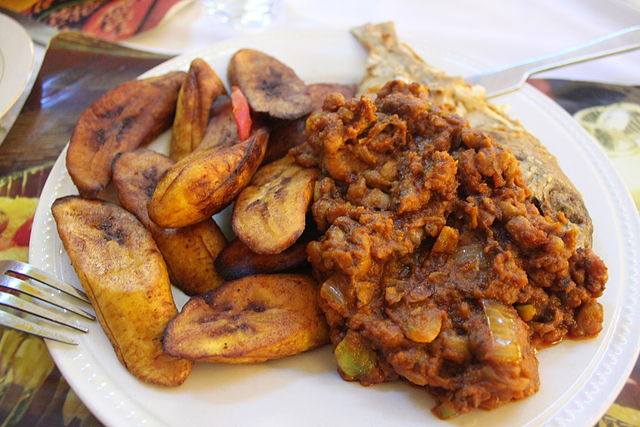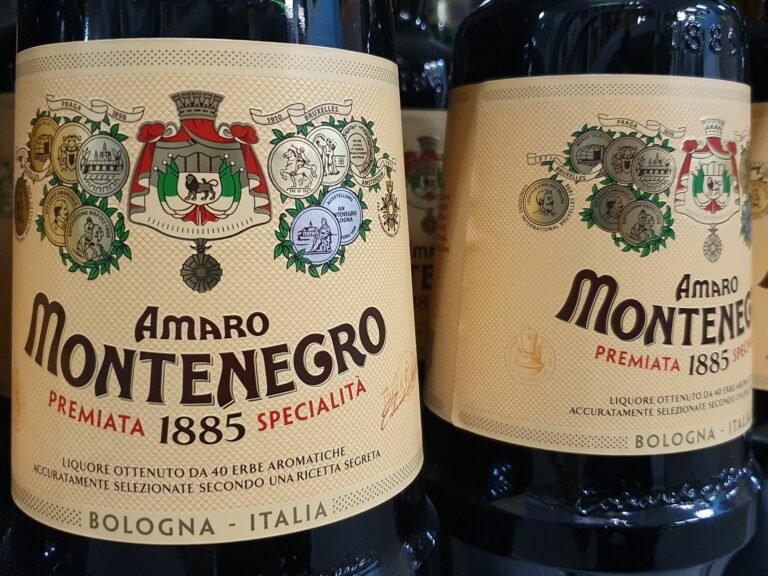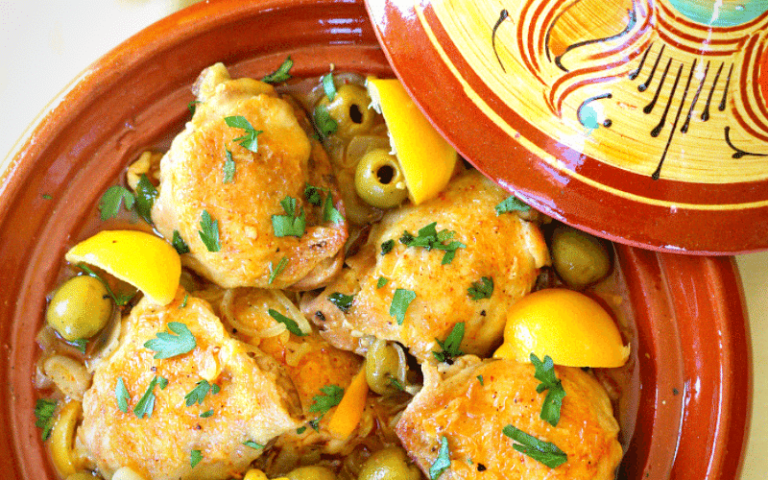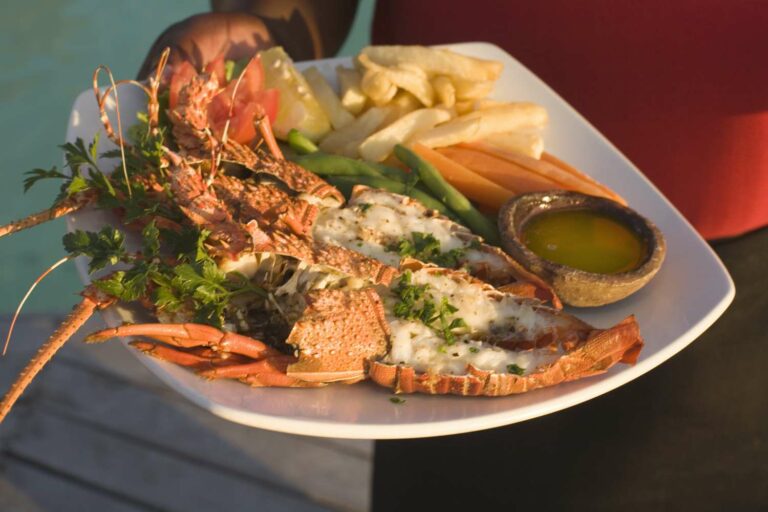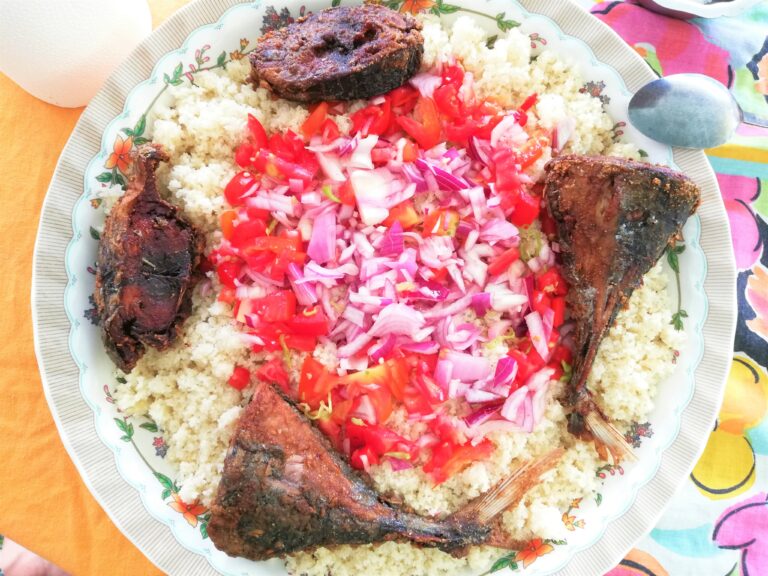Introduction: National Dish of Guyana
Every country has its national dish that reflects its unique culture and taste. The national dish of Guyana is a stew called Pepperpot, which is considered a symbol of Guyanese cuisine. Pepperpot has been a staple dish in Guyana for centuries, and it is enjoyed by both locals and visitors alike.
History of Guyana’s National Dish
Pepperpot has its roots in the indigenous Amerindian culture that dates back thousands of years. The dish was traditionally prepared by the Amerindians as a way to preserve meat during the rainy season. They would use cassareep, a thick syrup made from cassava, to preserve the meat and create a rich, flavorful stew. When the Europeans arrived in Guyana, they added new spices and ingredients to the dish, including cinnamon, cloves, and brown sugar. Over time, Pepperpot became a dish that was enjoyed by people of all ethnicities and backgrounds in Guyana.
Ingredients and Preparation of Pepperpot
Pepperpot is a hearty stew that is made with a variety of ingredients, including beef, pork, or mutton, cassareep, cinnamon, cloves, brown sugar, and hot peppers. To prepare the dish, the meat is first marinated in cassareep, which gives it a rich, dark color and flavor. The meat is then slow-cooked for several hours with the spices and hot peppers until it becomes tender and flavorful. Pepperpot is traditionally served with rice, roti, or bread.
How to Serve Pepperpot
Pepperpot is typically served as a main course for lunch or dinner. It is often accompanied by steamed rice, which helps to balance out the richness of the stew. Some people also like to serve Pepperpot with cassava bread or roti, which are popular accompaniments in Guyanese cuisine. It is a communal dish that is often shared with family and friends, and it is a symbol of hospitality.
Significance of Pepperpot in Guyana
Pepperpot is more than just a dish in Guyana; it is a cultural symbol that represents the country’s unique blend of Amerindian, African, Indian, and European influences. It is a dish that brings people together and reflects the diversity of Guyanese culture. Pepperpot is also a dish that is associated with special occasions, such as weddings and festivals. It is a reminder of the traditions and values that have been passed down through generations in Guyana.
Conclusion: Pepperpot as a Cultural Symbol
Pepperpot is a dish that is deeply rooted in Guyanese culture and history. It is a symbol of the country’s rich heritage and diverse culinary traditions. Pepperpot is more than just a meal; it is an expression of hospitality and community, and it is something that is deeply appreciated by the people of Guyana. Whether you are a local or a visitor, trying Pepperpot is a must, as it is a dish that truly captures the essence of Guyana.

